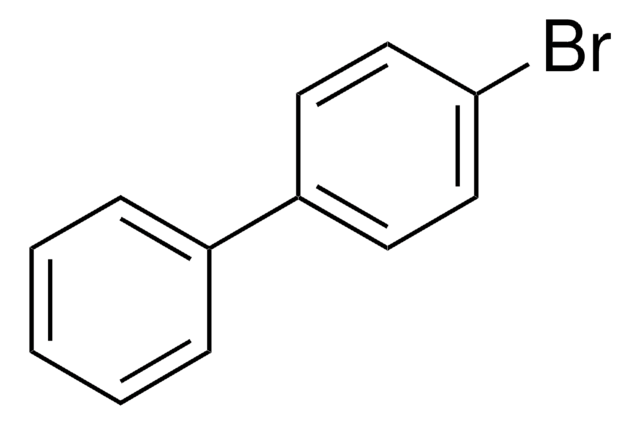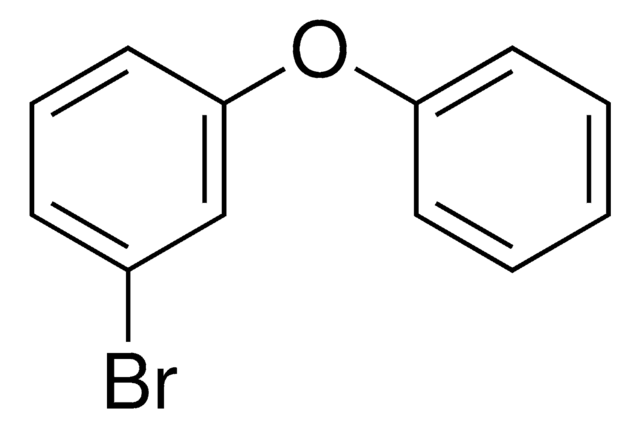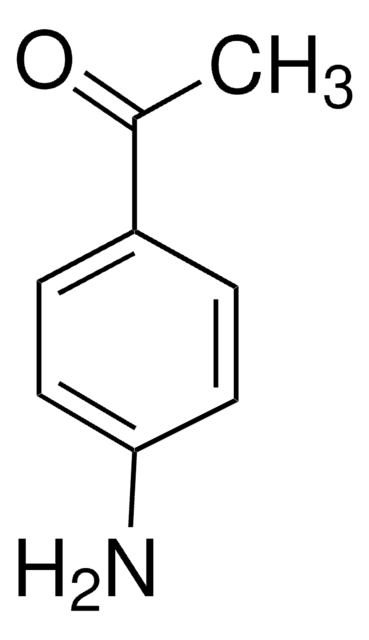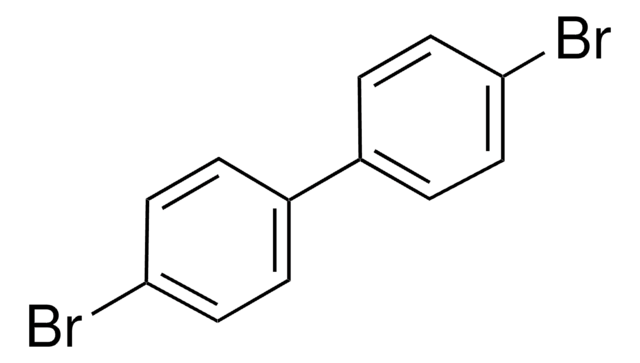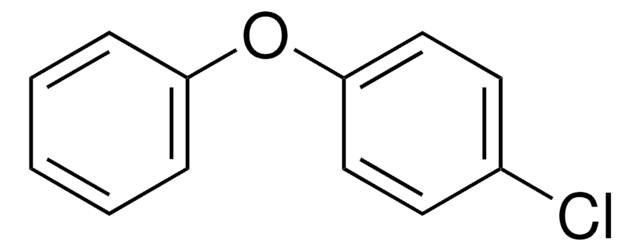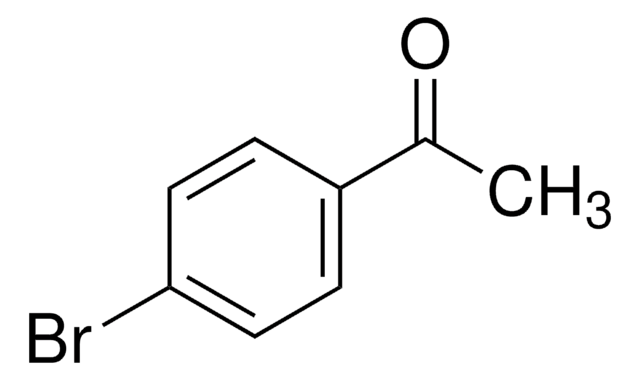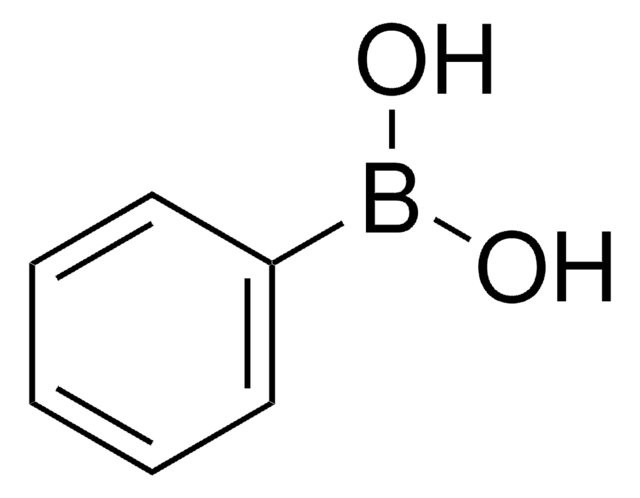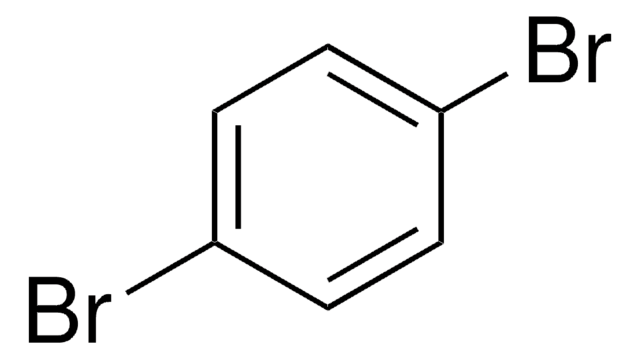B65209
4-Bromodiphenyl ether
99%
Synonym(s):
4-Bromophenyl phenyl ether
Sign Into View Organizational & Contract Pricing
All Photos(1)
About This Item
Linear Formula:
BrC6H4OC6H5
CAS Number:
Molecular Weight:
249.10
EC Number:
MDL number:
UNSPSC Code:
12352100
PubChem Substance ID:
NACRES:
NA.22
Recommended Products
Quality Level
Assay
99%
form
liquid
refractive index
n20/D 1.607 (lit.)
bp
305 °C (lit.)
mp
18 °C (lit.)
density
1.423 g/mL at 25 °C (lit.)
SMILES string
Brc1ccc(Oc2ccccc2)cc1
InChI
1S/C12H9BrO/c13-10-6-8-12(9-7-10)14-11-4-2-1-3-5-11/h1-9H
InChI key
JDUYPUMQALQRCN-UHFFFAOYSA-N
Related Categories
Signal Word
Warning
Hazard Statements
Precautionary Statements
Hazard Classifications
Aquatic Acute 1 - Aquatic Chronic 1
Storage Class Code
10 - Combustible liquids
WGK
WGK 3
Flash Point(F)
>235.4 °F - closed cup
Flash Point(C)
> 113.0 °C - closed cup
Personal Protective Equipment
dust mask type N95 (US), Eyeshields, Gloves
Choose from one of the most recent versions:
Already Own This Product?
Find documentation for the products that you have recently purchased in the Document Library.
Man Cai et al.
Environmental science and pollution research international, 22(18), 14258-14268 (2015-05-15)
Populus species are very effective in remediation of contaminants. Polybrominated diphenyl ethers (PBDEs) are commonly used as flame retardants and are known to be persistent environmental pollutants. Numerous studies have shown that PBDEs are rising in human tissues and biota.
Sheng Wang et al.
Environmental science and pollution research international, 22(21), 16914-16926 (2015-06-26)
Commonly used flame retardants, such as polybrominated diphenyl ethers, are extremely persistent in the environment, causing serious environmental risks. Certain strains of bacteria are able to degrade several low brominated congeners of PBDEs aerobically. However, the aerobic degradation pathway is
Our team of scientists has experience in all areas of research including Life Science, Material Science, Chemical Synthesis, Chromatography, Analytical and many others.
Contact Technical Service